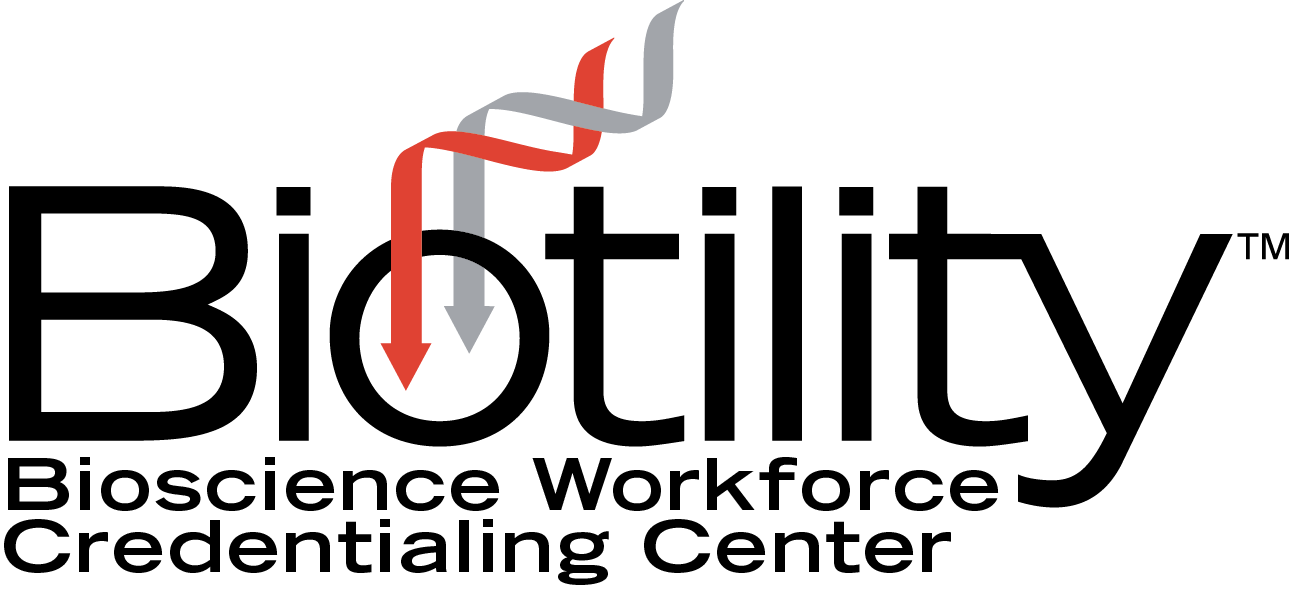Controlled Documents in the Workplace
Common Documents
Controlled documents are used to ensure that products are manufactured consistently and controlled to high quality standards. These documents are critical for compliance, quality control, and overall operational efficiency. There is a wide variety of documents used when working in a controlled environment. Although the contents vary from document to document, the majority of documents contain some similar information. One example is a header (see sample image below).
The following is a breakdown of the typical types of documents, and examples of how they may be used by different departments within the company:
1. Standard Operating Procedures (SOPs)
- Description: Detailed instructions for performing specific tasks or processes. The first SOP written should be a procedure for writing SOPs within the company.
- Purpose: Provides consistent methods for carrying out various operations, ensuring compliance within specifications.
- Departments:
- Quality Assurance (QA): Develops and oversees SOPs related to quality and regulatory compliance.
- Production: Uses SOPs for manufacturing processes, equipment operation, and material handling.
2. Batch Records
- Description: Documentation of the complete history of a batch or lot of product, including formulation, processing, and packaging.
- Purpose: Ensures traceability and verification that production was carried out according to documented procedures and specifications.
- Departments:
- Production: Completes batch records during manufacturing, ensuring all steps are documented.
- Quality Assurance (QA): Reviews batch records for accuracy and compliance before approving the batch for release.
3. Quality Control (QC) Records
- Description: Records of testing and inspections conducted to ensure product quality and compliance with specifications.
- Purpose: Ensures that the product remains within acceptable quality limits throughout production.
- Departments:
- QC: Maintains records of raw material testing, in-process testing, and finished product testing.
4. Deviation Reports
- Description: Documentation of any deviations from standard procedures or specifications, including investigations and corrective actions.
- Purpose: Helps to identify root causes and implement measures to fix the deviation, as well as preventing further deviations.
- Departments:
- Production: Reports deviations encountered during manufacturing processes.
- QA: Reviews and investigates deviations, implementing corrective and preventive actions.
5. Change Control Documents
- Description: Records of changes made to processes, equipment, or documentation, including the rationale, impact assessment, and approval.
- Purpose: Ensures that any changes are properly documented, evaluated, and implemented without compromising product quality.
- Departments:
- QA: Manages change control processes and ensures that all changes are documented and approved.
6. Training Records
- Description: Documentation of employee training on GMP procedures, processes, and equipment use.
- Departments:
- Human Resources (HR): Maintains records of employee training and qualifications.
- QA: Ensures that employees are trained and that training records are up-to-date.
7. Equipment Maintenance Records
- Description: Documentation of maintenance, calibration, and repairs of equipment used in manufacturing.
- Departments:
- Facilities/Maintenance: Maintains records of routine maintenance, repairs, and calibration activities.
- Production: Provides input on equipment performance and any issues encountered.
8. Validation Documents
- Description: Records related to the validation of processes, equipment, and systems to ensure they meet predefined specifications.
- Departments:
- QA: Oversees validation activities and documentation.
- Engineering: Conducts and documents validation of equipment and processes.
9. Regulatory Submissions and Correspondence
- Description: Documentation related to submissions for product approvals, regulatory inspections, and communication with regulatory agencies.
- Departments:
- Regulatory Affairs: Prepares and submits regulatory documents and manages correspondence with regulatory bodies.
10. Environmental Monitoring Records
- Description: Records of environmental monitoring, such as air quality, cleanliness, and temperature control within manufacturing areas.
- Departments:
- Quality Control (QC): Monitors and documents environmental conditions.
- Facilities: Ensures that environmental control systems are functioning properly.
11. Raw Material and Supply Chain Documentation
- Description: Records of the sourcing, testing, and handling of raw materials and components used in manufacturing.
- Departments:
- Procurement: Manages documentation related to the sourcing of materials.
- QC: Tests and documents the quality of raw materials and components.
12. Product Complaints and Recall Records
- Description: Documentation related to customer complaints, investigations, and product recalls.
- Departments:
- QA: Manages and investigates product complaints and recalls.
- Customer Service: Documents and communicates customer complaints.
13. Inspection Records
- Description: Documentation of internal and external inspections, including observations, findings, and corrective actions.
- Departments:
- QA: Oversees internal audits and inspection readiness.
- Regulatory Affairs: Manages interactions and responses to external inspections.
Each department in a GMP workplace utilizes specific types of documents to ensure that all aspects of manufacturing and quality control are managed effectively. SOPs guide day-to-day operations, batch records and QC records ensure product quality, while deviation reports and change control documents help manage and document any issues or changes. Training records ensure that employees are properly qualified, and maintenance records keep equipment in optimal condition. Regulatory submissions, environmental monitoring, and other documents are crucial for compliance and operational excellence.
By maintaining comprehensive and accurate documentation, a GMP workplace ensures adherence to regulatory requirements, promotes product quality, and supports continuous improvement.
